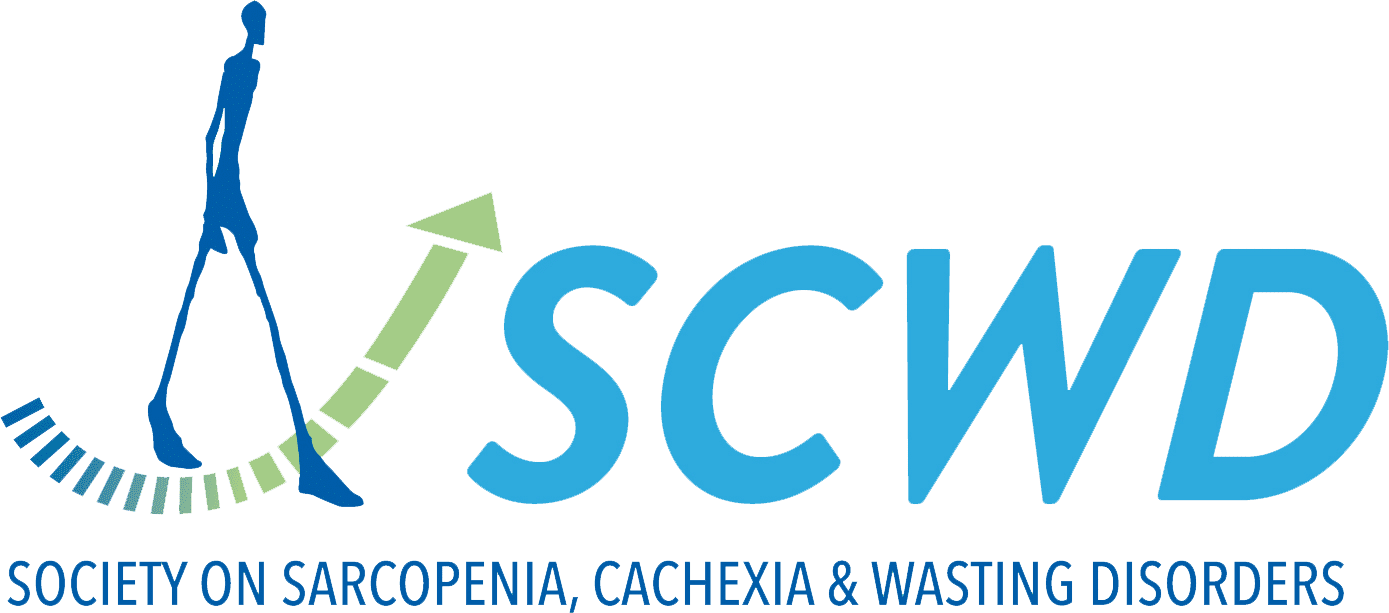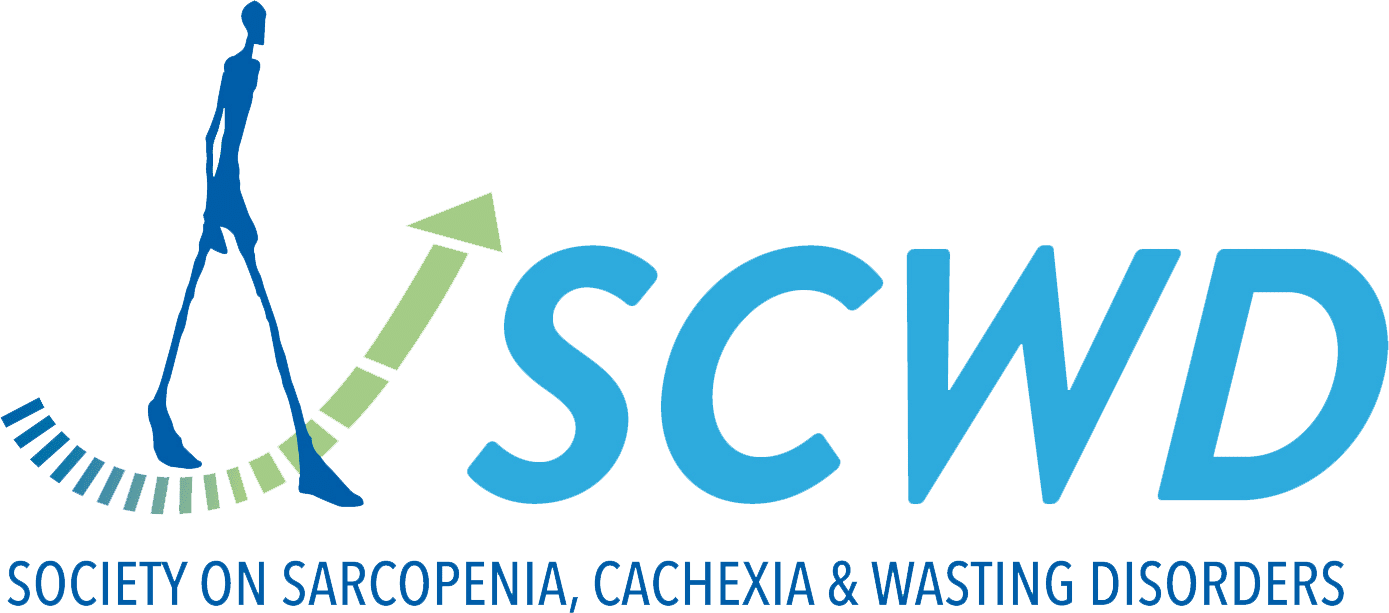Frailty instruments in patients with heart failure: a comparison of predictive performance
Frailty is characterised by increased vulnerability to acute stressors. As it is common in adults with heart failure (HF), frailty has been used as a predictor of mortality and morbidity for HF patients.
Frailty Phenotype, the most commonly used frailty instrument in HF, is used for the physical examination of frailty. While physical frailty instruments are commonly used in clinical practice, a proportion of studies have expressed issues with such tools. As HF may have detrimental effects on physical function, the use of physical instruments may lead to an under- or over-estimation of frailty.
This study aims to compare the predictive ability of three physical frailty instruments (the Frailty Phenotype, the St Vincent’s Frailty instrument and the SHARE-FI); and three multi-domain instruments (the FRAIL scale, the Deficit Accumulation Index, and St Vincent’s Frailty plus cognition 7 and mood) in adults with HF.


